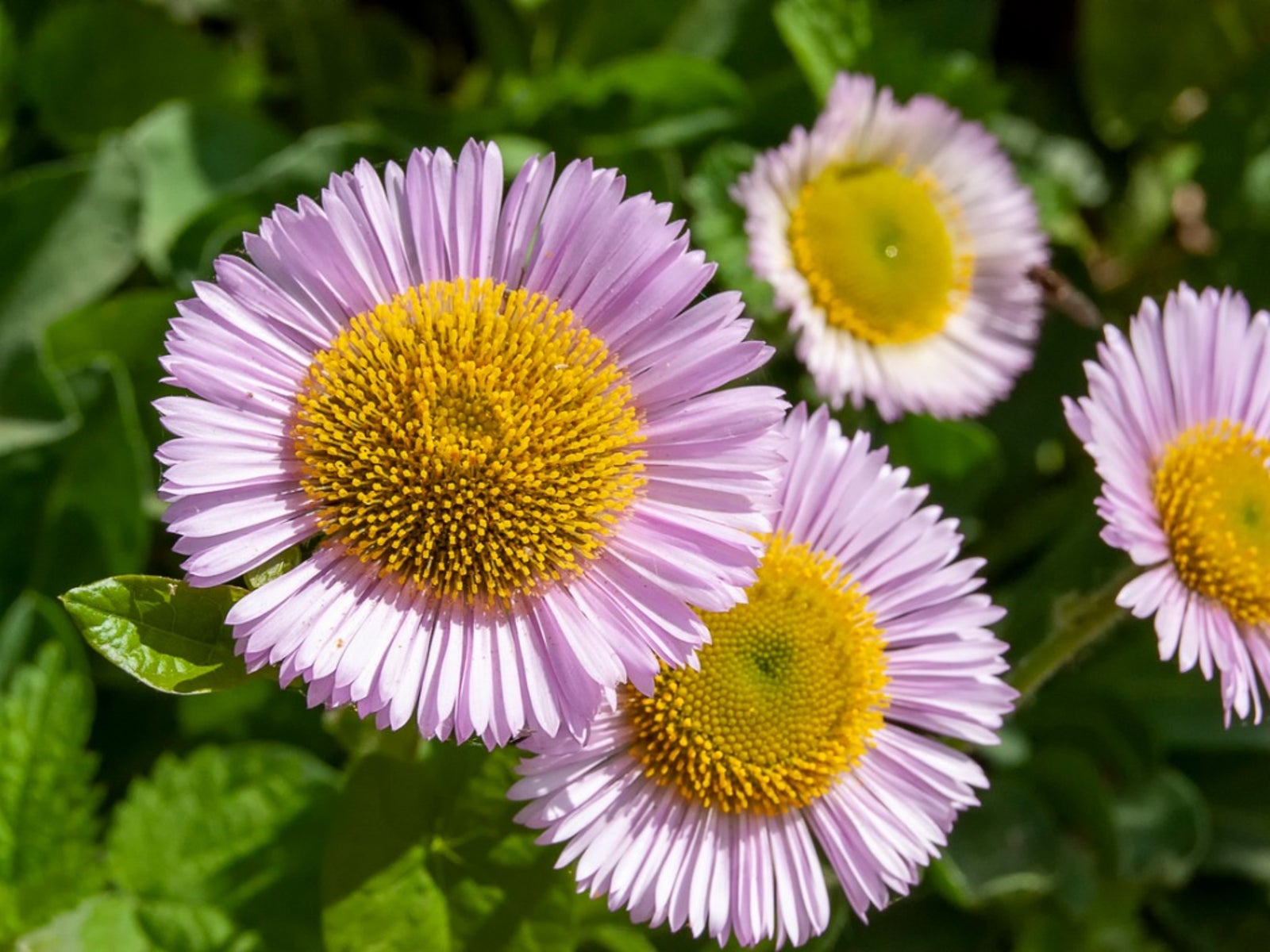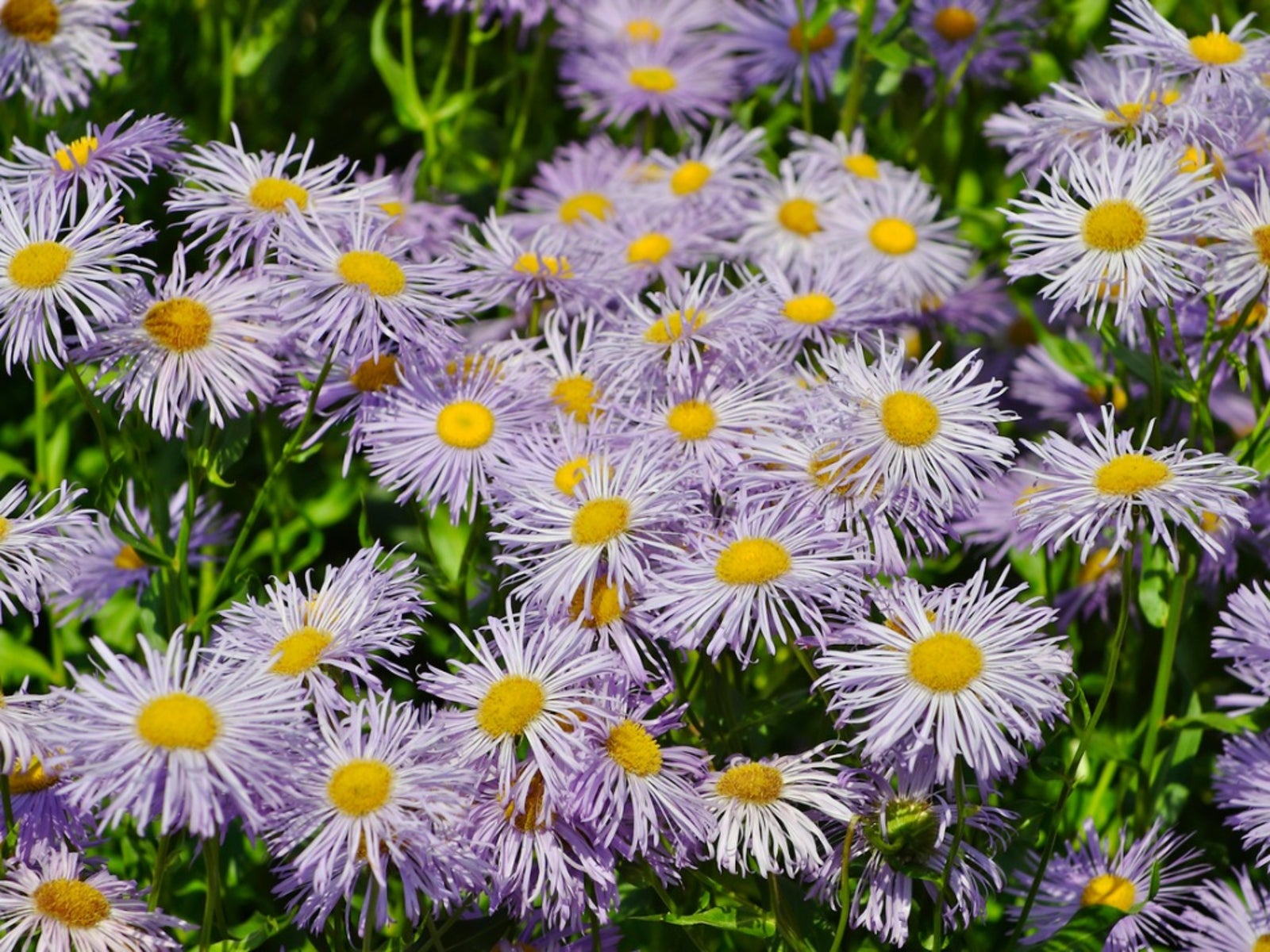Fleabane Weed Control: How To Get Rid Of Fleabane Plants


Fleabane is a diverse genus of plants with more than 170 species found in the United States. The plant is often seen growing in pastures and open areas or along roadsides. Although well-behaved hybrid varieties of fleabane are available, many types of fleabane are invasive weeds that displace native plants. In the garden, fleabane grows profusely as it draws moisture from other plants.
What is Fleabane?
A member of the aster family, fleabane produces masses of tiny white to yellowish, daisy-like blooms. The plant can reach heights of up to 3 feet (91 cm.) at maturity. Fleabane produces seeds prolifically; a single plant can produce more than 100,000 seeds. The fluffy, umbrella-like seed heads are easily dispersed by wind and water. This makes the need for fleabane control methods of utmost importance.
How to Get Rid of Fleabane
Fleabane weed control isn't easy because of the plant's long, thick taproot; however, the plant is fairly easy to pull when it is young and measures less than 12 inches (30 cm.). You can also cut young plants with a weed whacker. The key is to remove the plants before they go to seed. Older, larger plants are harder to pull, but watering the soil simplifies the task and makes it easier to remove the entire taproot. However, pulling mature plants can make the problem worse because you may inadvertently release thousands and thousands of seeds. To pull mature plants, place a plastic bag carefully over the seed head before pulling or cutting the weed. Dispose of the weeds by burning or place them in the garbage. Never add them to a compost pile. Managing fleabane may require a two-pronged approach that involves removing weeds by hand in addition to application of herbicides. Using both pre-emergent and post-emergent herbicides attacks the plant at different stages of growth. Read the product label to be sure the herbicide is effective against fleabane. Unfortunately, this stubborn plant is resistant to many herbicides, including products containing Glyphosate. Store herbicides safely out of reach of children. Apply herbicides on a cool, still day when the breeze won't cause the spray to drift. Note: Any recommendations pertaining to the use of chemicals are for informational purposes only. Chemical control should only be used as a last resort, as organic approaches are safer and more environmentally friendly
Gardening tips, videos, info and more delivered right to your inbox!
Sign up for the Gardening Know How newsletter today and receive a free copy of our e-book "How to Grow Delicious Tomatoes".

A Credentialed Garden Writer, Mary H. Dyer was with Gardening Know How in the very beginning, publishing articles as early as 2007.
-
 My Homemade Orchid Fertilizer Always Brings More Blooms – Here's The Easy Recipe That Transforms Plants
My Homemade Orchid Fertilizer Always Brings More Blooms – Here's The Easy Recipe That Transforms PlantsScientist-turned-gardener Mary Ellen Ellis shares her tried-and-tested DIY orchid fertilizer recipe, plus more ingredients to try for healthy, happy plants.
By Mary Ellen Ellis
-
 Looking For Plants To Give You The Soft And Fuzzies? Try These 5 Fuzzy Leaf Plant Options
Looking For Plants To Give You The Soft And Fuzzies? Try These 5 Fuzzy Leaf Plant OptionsLovers of texture, drama, silver foliage and tactile plants will adore these special sensory garden additions. These fuzzy leaf plant options will leave you all aglow
By Susan Albert
-
 Seaside Daisy Plants: Learn About Growing Seaside Daisies
Seaside Daisy Plants: Learn About Growing Seaside DaisiesAlso known as beach aster or beach daisy, seaside daisy plants are flowering perennials that grow wild along the Pacific Coast, from Oregon and Washington south to Southern California. Read this article to learn more about these charming flowers.
By Mary H. Dyer
-
 Daisy Fleabane Info: Can You Grow Fleabane In Gardens
Daisy Fleabane Info: Can You Grow Fleabane In GardensNative gardens can be as pretty as more formal gardens when flowering options like fleabane wildflowers are added. Read this article to learn more about growing daisy fleabane plants.
By Kristi Waterworth